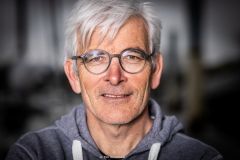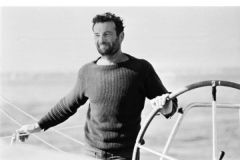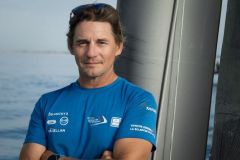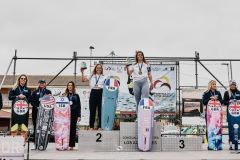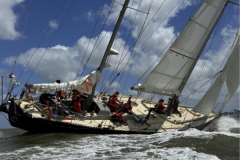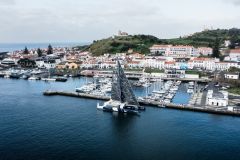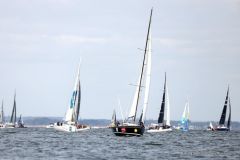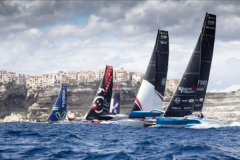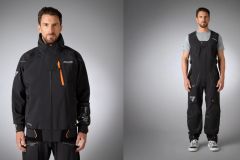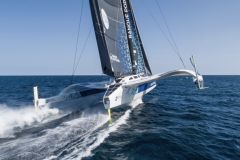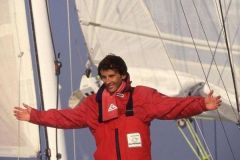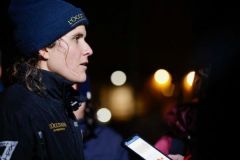The port of Les Sables-d'Olonne, the only port of call authorised in the Vendée Globe
After the start of the Vendée Globe, if the skippers encounter a problem with their Imoca, the one and only port where they will be able to make a stopover and benefit from technical assistance from their team will be in the port of Les Sables-d'Olonne. This rule, specific to the Vendée Globe race, is only applicable within 10 days, hour for hour, after the start.
It is therefore understandable why Fabrice Amedeo was able to benefit from this assistance on his Imoca Newrest - Art & Fenêtre. He came back to the port of Les Sables-d'Olonne the day after the start, on November 9th, 2020 for a hook problem and was able to resume the race on November 10th, 2020.
As for Jérémie Beyou, the timing was very tight. Forced to return to Les Sables-d'Olonne with his Imoca Charal after hitting a UFO on 11th November 2020, he arrived in port Olona on 14th November 2020 and was able to set sail again on Tuesday 17th November 2020, in other words nine days after the start of the Vendée Globe! "Just in Time" before being disqualified.
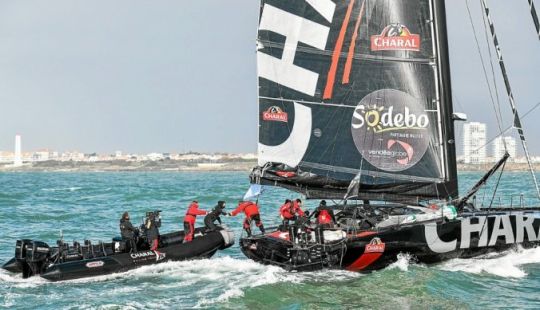
Technical support by phone: allowed!
As of this Thursday 19th November, the 10-day deadline having passed, the skippers will no longer be able to benefit from physical technical assistance in the port of Les Sables-d'Olonne. That means they'll have to fend for themselves for repairs. On their own, that means their team won't be able to intervene directly on the boat, nor take control remotely. On the other hand, the skippers have the right to telephone technical assistance and to be in contact with their team throughout the race should they encounter any further damage. This exchange must nevertheless be limited to repair actions.
This is the case, for example, for the Japanese skipper Kojiro Shiraishi, who tore his mainsail after several violent gybes. His team is guiding him over the phone to carry out the repair, taking into account the equipment he has on board. But the skipper is very much alone to carry out the work on board.
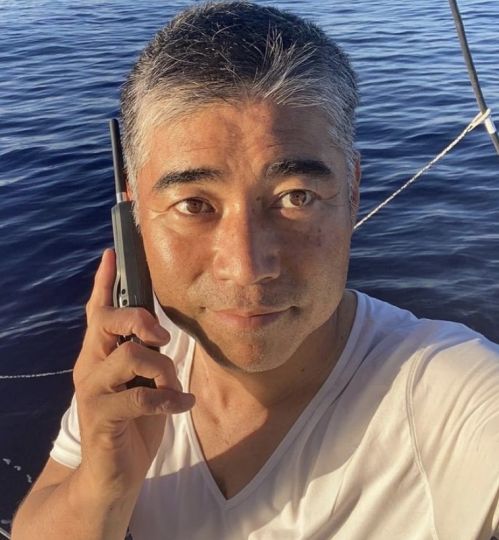
Weather assistance: routing forbidden!
Concerning the weather assistance, the skippers can receive weather files, but they are the ones who have to interpret them and do their routing. For this 9 e edition of the Vendée Globe, the regulations have nevertheless authorised "off-shore routing". Unlike multihulls, which are entitled to routing by a specialist, monohulls in the Vendée Globe are only allowed to use public weather files, which they will download and then use according to their navigation software. On the other hand, it should be noted that before the start, the routing will have been prepared by specialists. This allows the skippers to have their trajectory in the first few days of the race, but they quickly find themselves alone in making their choice of trajectory.
Medical assistance: remote consultation only!
For medical assistance, the skipper is of course entitled to outside telephone assistance, which must be provided by the race doctor (Jean-Yves Chauve), the skipper's doctor or via the Centre de Consultation Médicale Maritime de Toulouse (CCMM). Clarisse Crémer in the race on her IMOCA Banque Populaire was thus able to speak with the doctors and receive a medical protocol to follow after burning her crotch due to a spilled cup of burning tea on 14th November 2020.
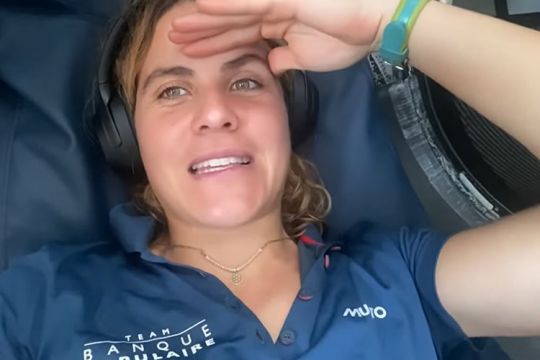
External aid: forbidden!
Likewise, if the skipper is in danger, he will be able to warn the rescue services who will intervene as quickly as possible. If there is a competitor, cargo ship or fisherman who can help him before the rescue arrives, he will of course be entitled to this assistance, but it will disqualify him irremediably...
Authorized stopover: without setting foot on land, beyond the limit of the highest tide!
When we say non-stop, it means that the 33 skippers are not allowed to dock or moor to a wharf or ship. On the other hand, if they have a damage to repair, they will be able to put the boat at anchor or on a box for more stability. Anchoring or securing the boat in a locker will be done under sail without the help of the engine. Once stopped, the skipper will nevertheless have to repair his boat alone. In the 2016 Vendée Globe, Romain Atanasio and Sébastien Destremeau have both stopped. One to repair his rudders, the second to reinforce his spreaders. Neither of them was disqualified, as they did not receive any "outside help".






